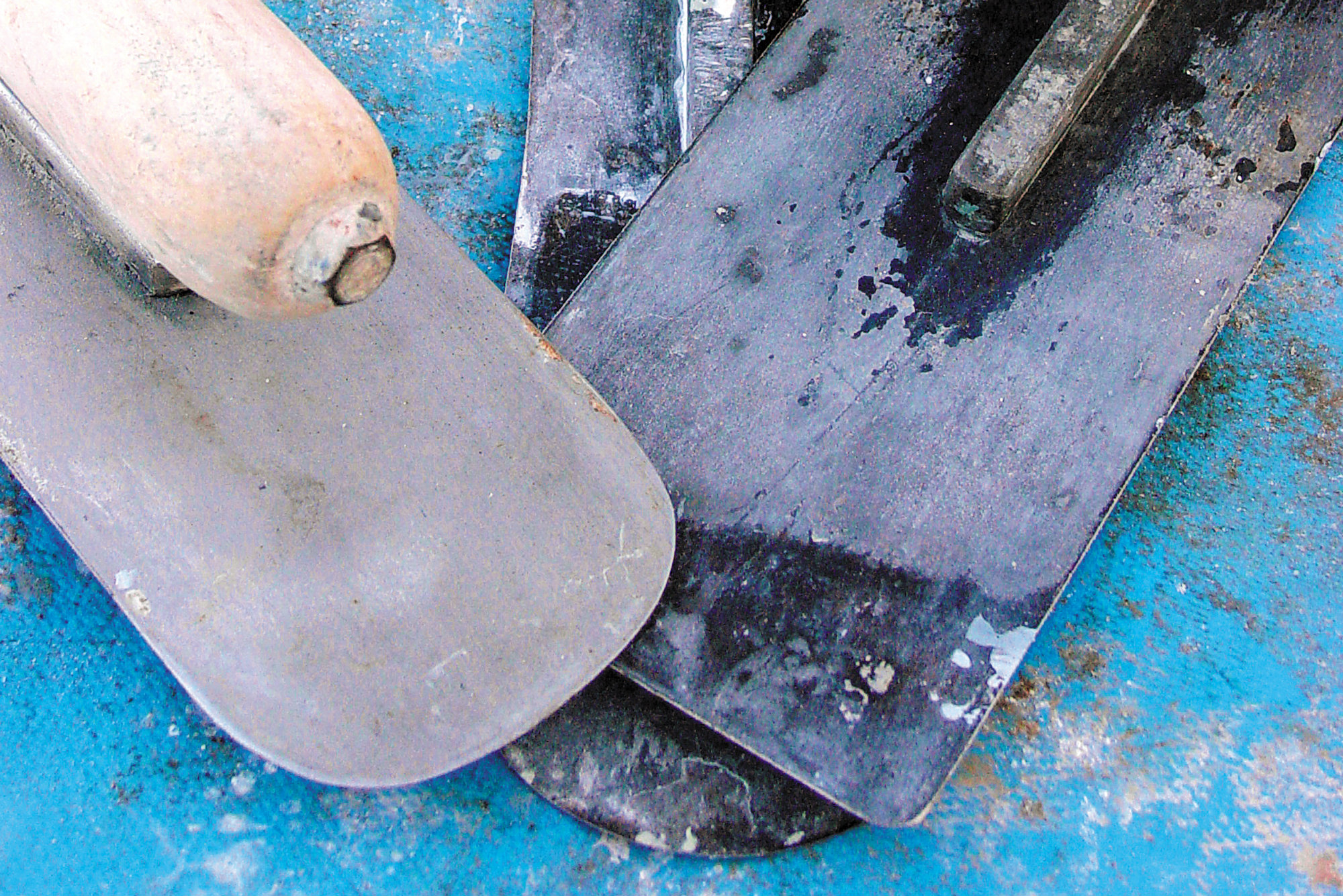Dear Editor:
In the news article “NPC and PCA Take On White Cement and Plaster” (PSN 7-9-18, p. 12), we are told that the Portland Cement Association has now joined the fray alongside the National Plasterers Council in assigning causation for the discoloration of pool plaster made with white cement.
The organizations suggest that a 50-year-old study (“Surface Discoloration of Concrete Flatwork,” PCA Document RX203, 1966) does not apply to products that are made with white Portland cement, because that study was performed on samples made using only gray cement. They further note that white cement “contains almost no ferrite,” a cement component that can darken in contact with the set accelerant calcium chloride, thus taking white Portland cement products out of the discussion.
Although it is true that white cement contains significantly less ferrite than gray cement, ferrite is not the only reason why cement darkens. As explained in the 1966 study, the surface water-to-cement ratio and the compression from troweling both play major roles. In fact, the study contains photographs of gray cement with varying water-to-cement ratios which demonstrate the significant darkening effect of a low water content.
The original study also notes the fact that the darkening is associated with hard-troweled surfaces. They note that over-troweling (regardless of trowel type) compacts and densifies the surface, in addition to pushing away water, so there are then multiple reasons for the trowel-burned, darkened result. They conclude, “To minimize trowel burns: (1) have an adequate finishing crew, (2) reduce evaporation losses with sunshades and windbreaks, and (3) avoid the use of calcium chloride where possible.” Why avoid chloride? Because using it makes the finishing more challenging, and may lead to poor finishing practices.
Does this apply to white swimming pool plaster? Absolutely. The PCA document, “White Concrete” (Freedman 1971) has almost identical verbiage: “Attempts to hard trowel concrete after it has become much too stiff to trowel properly causes a ‘burning’ or blackening of the concrete surface which may be more obvious on white concrete (italics added),” and “To minimize trowel burns the contractor should have an adequate finishing crew, should use sunshades and windbreaks to reduce evaporation losses and should avoid the use of calcium chloride where possible.”
The PCA document “White Cement Concrete” (Farney 2001) says, “To minimize trowel burns on white and colored concrete flatwork (italics added), the contractor should: time the finishing operations properly, use non-metal tools, have an experienced finishing crew, use sunshades and windbreaks to reduce evaporation losses, not use calcium chloride (on architectural concrete), and eliminate the troweling pass if floating is sufficient.”
The PCA document “Mixing and Handling White Cement Concrete” (Decorative Concrete Tech Brief IS530) contains a picture of virtually the same water-to-cement ratio study with white cement as the RX203 picture had, using gray.
And finally, actual petrographic analysis of failed white swimming pool plaster by competent cement failure analysis professionals shows that plaster is darkened by the same factors. Indeed, the head of the PCA’s lab, Dr. Boyd Clark of Construction Technologies Laboratories, even quoted the 1966 RX203 study in one of his swimming pool plaster analyses.
While it may be true that PCA research on ferrite (C4AF) discoloration was with gray cement, the PCA has lots of information on factors that can make white cement discolor. These other factors specifically include inconsistent water-to-cement ratio and over-troweling. And they consistently tell us that to minimize this discoloration, even in white cement, you should (among other things) back off on the calcium chloride.
While the PCA may not have experimented or researched specifically on swimming pool plaster, we have. We published our research right here in Pool and Spa News as early as “A Chain Reaction” in February 2000. And some of the best petrographers in the country, including those employed by CTL, the PCA’s lab, have confirmed our findings in regards to the discoloration of white plaster … and the NPC is ignoring that.
It is also important to question the statement made about aggressive water chemistry. It is made to seem as though the PCA has confirmed this NPC position, but it is almost certain they have not researched this either. Nor can the NPC or the PCA rely on the discredited Cal Poly research, which has repeatedly failed peer review. The fact of the matter is that there is no study showing that aggressive water chemistry causes discoloration. If it did, rainwater would discolor all white cement products that are exposed to weather, and the industry would not permit acid/hot-started pools or acid washing, since that would cause the problem … but they are common without any reservations, completely negating the “aggressive attack causes discoloration” claims.
Since the PCA has published repeatedly that certain workmanship issues cause cement to discolor, and they have also repeatedly said that the effects are worse in white cement applications, maybe that should be the NPC’s focus, instead of finger-pointing at the service industry.
onBalance – Que Hales, Kim Skinner, Doug Latta



